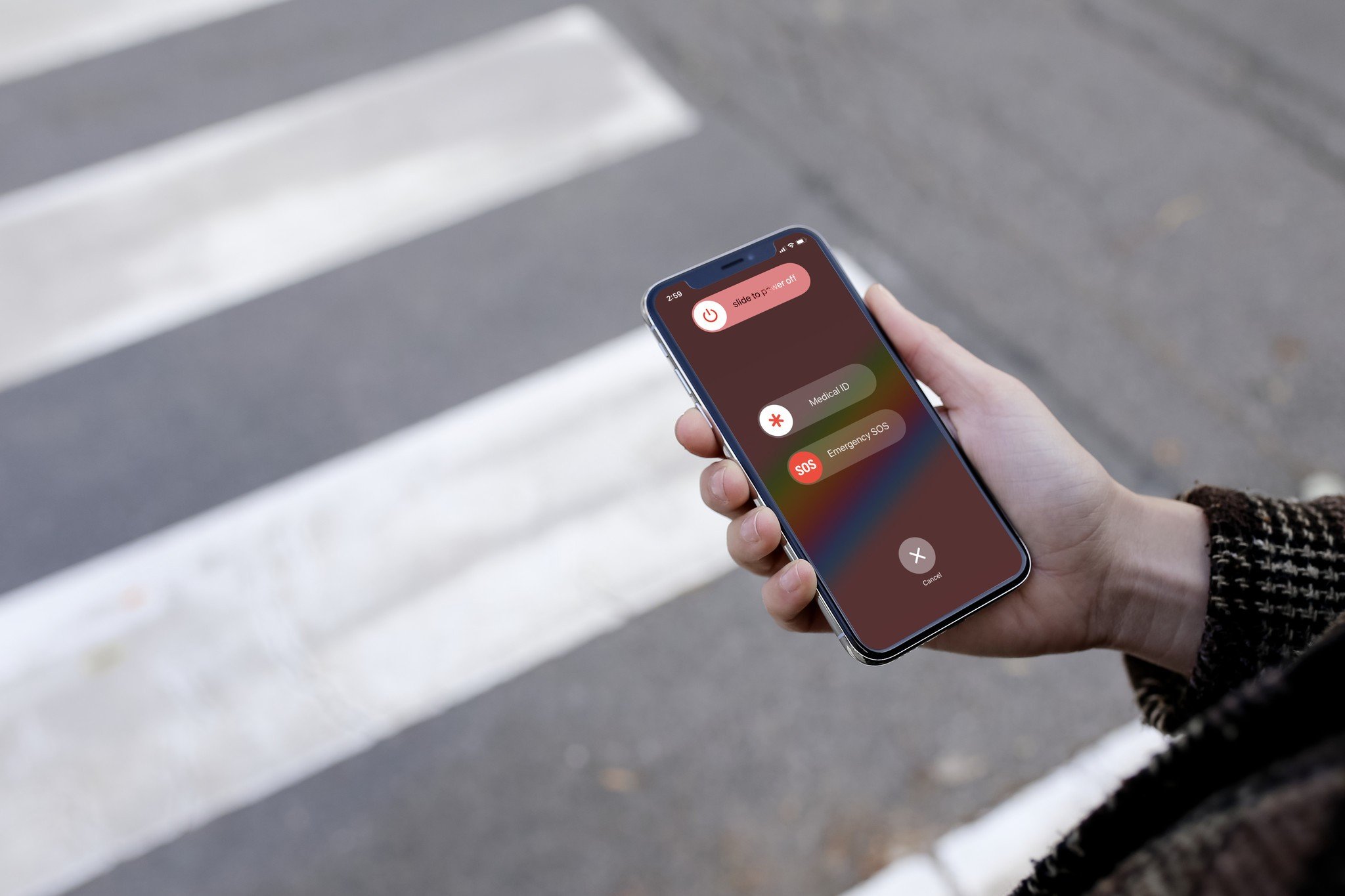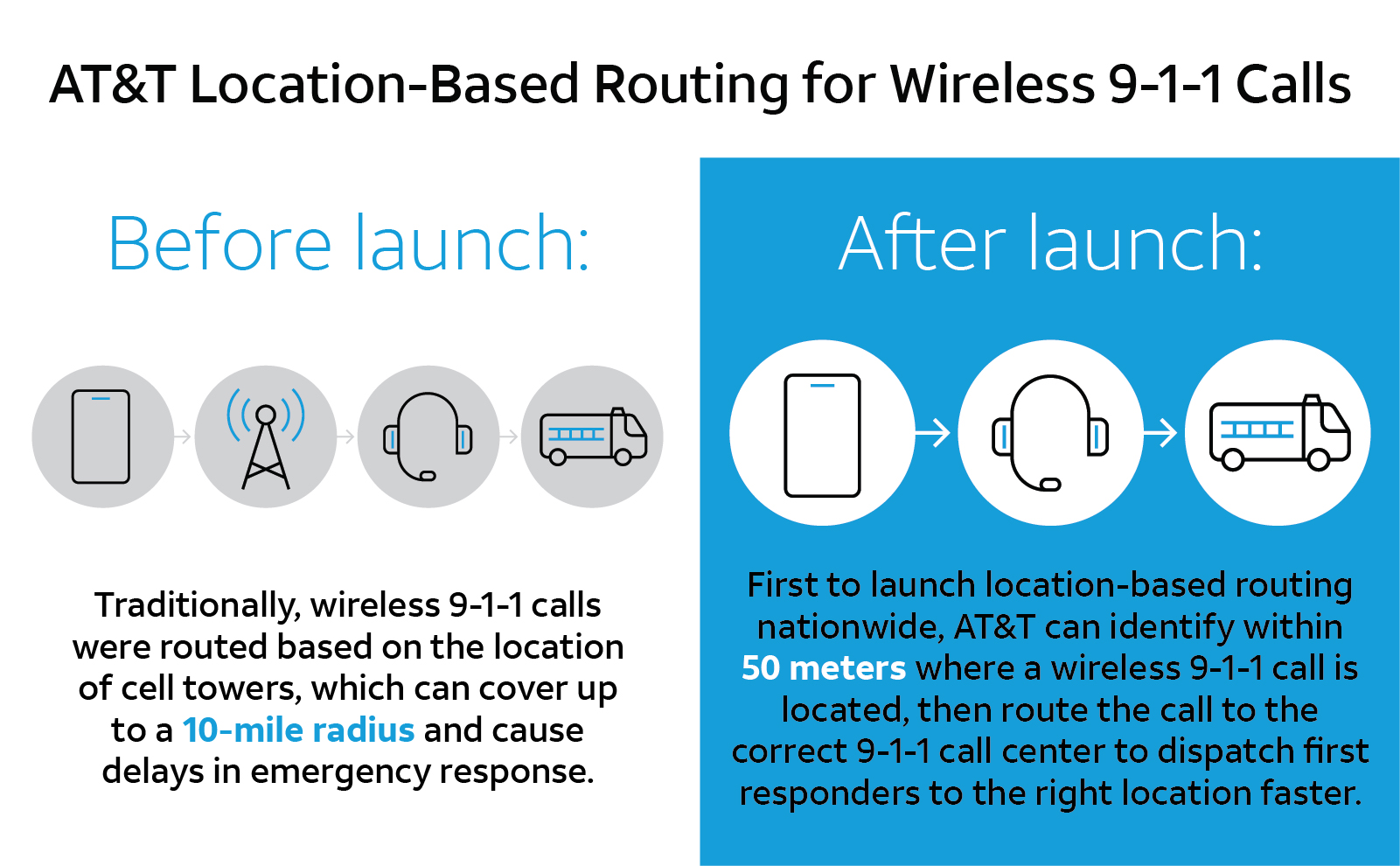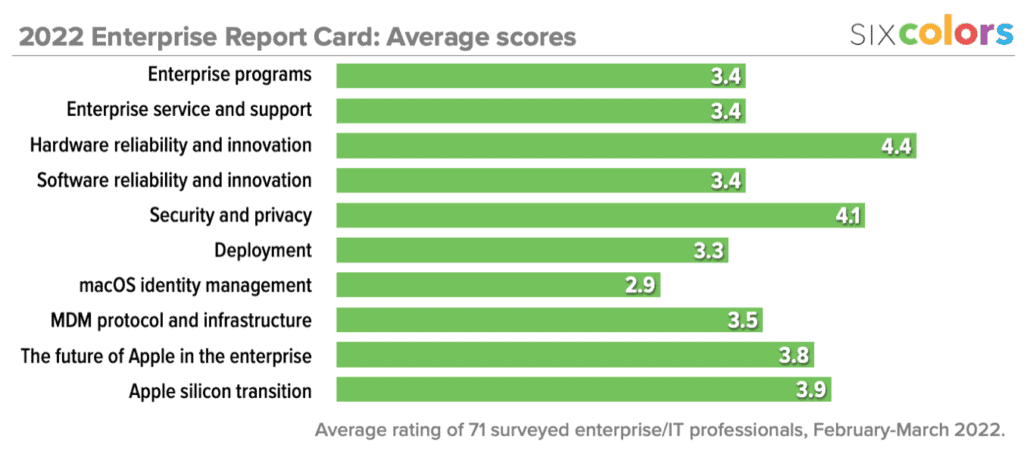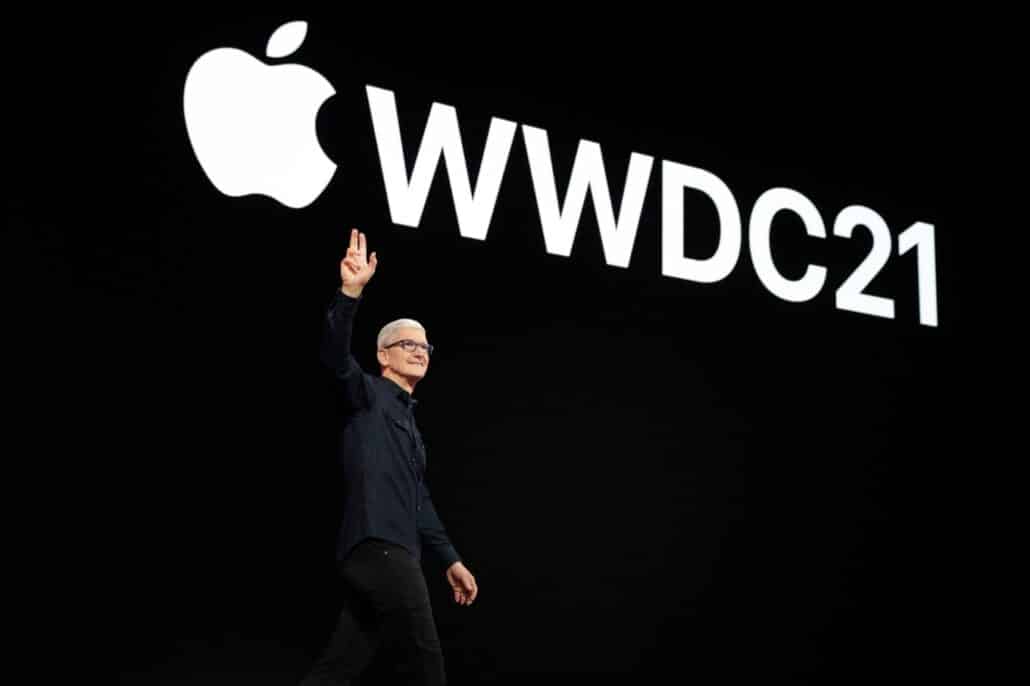
AT&T launches location-based routing for emergency calls
What you need to know
- AT&T has announced location-based routing for 9-1-1 calls in the United States.
- Emergency calls were previously routed based on the location of cell towers.
- Calls can now be routed using the GPS on the device that is making the 9-1-1 call.
9-1-1 calls are about to get better.
AT&T has announced that it has become the first carrier in the United States to introduce location-based routing for emergency calls placed with a cell phone.
In a press release, the new “Locate Before Route” feature will now use device GPS information to more accurately route a 9-1-1 call to the correct call center. AT&T says that the new feature will be able to locate where an emergency call came from within fifty meters, a huge improvement over the previous system which used the closest cellular tower.
With location-based routing, a device can be located and routed within 50 meters of the device location. Prior to this launch, wireless 9-1-1 calls were routed based on the location of cell towers, which can cover up to a 10-mile radius. This can cause delays in emergency response, especially when a call is made within PSAP border areas where state, county or city boundaries overlap.
The feature is already available in the following states and territories:
- Alaska
- Colorado
- Hawaii
- Idaho
- Montana
- Oregon
- Washington
- Wyoming
- Kansas
- Illinois
- Iowa
- Minnesota
- North Dakota
- Missouri
- Nebraska
- South Dakota
- Guam
Chris Sambar, executive vice president at AT&T, called the new feature an “industry-leading public safety solution.”
“Providing our customers with reliable connectivity and high-quality service on America’s largest wireless network is what we strive for everyday at AT&T. Launching this industry-leading public safety solution allows us to ultimately help improve the connections and efficiency for our wireless customers by offering more accurate service when making emergency calls.”
The company says that the rollout will be nationwide and complete by the end of June.
iPhone 13
Bottom line: The iPhone 13 is the best iPhone for most people, with impressive new cameras and notable improvements to battery life. Without all the bells and whistles of the Pro line, the iPhone 13 and iPhone 13 mini are still powerhouses that’ll keep owners happy for years to come.
From $699 at Apple
From $699 at Best Buy
From $699 at Target









